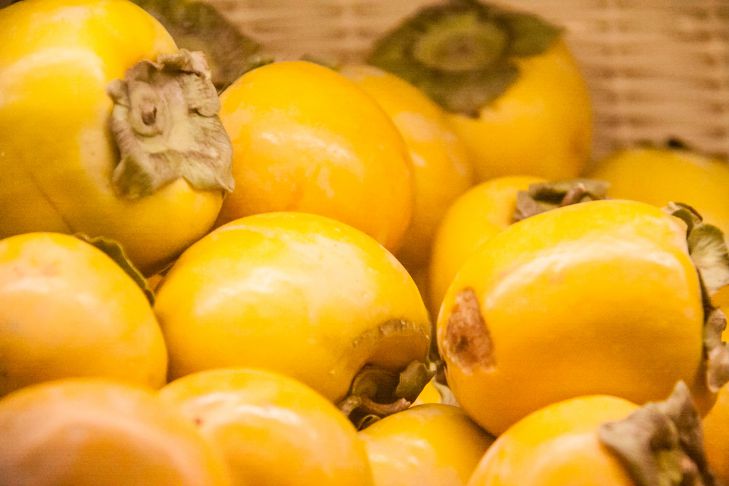Most of the fruits that many people love appear on the shelves closer to winter. This applies not only to tangerines and pomegranates.
Persimmon, so beneficial for the human body, arrives at markets and stores closer to the New Year holidays. Here's how to learn to choose sweet fruits.
Varieties of persimmon
There are such varieties of persimmon as "Korolek" and "Sharon".
What does a persimmon look like?
The fruit has a sharp tip, a rich orange color, and is soft to the touch.
"Little Kinglet"
These are already darker fruits, with brown veins and flesh of the same color.

"Sharon"
The fruits differ in size – large, bright orange. The skin is shiny.
We choose ripe and sweet persimmons
1. A ripe and sweet fruit will not be sticky if its shape is flattened.
2. The color should be deep orange, with a red tint. Pale orange coloring in unripe fruits.
3. If the persimmon is hard, it is not ripe. Soft and spreading – it is overripe, but will be very sweet. Fruits that are soft or moderately elastic are considered ideal.
4. The leaves on ripe fruits are dry, and the skin underneath them should have a brown tint.
Conclusion
If the persimmon is soft, it will be sweet.
The Sharon and Korolek varieties will be sweet even if they are hard.
But even if the persimmon turns out to be tart, it is enough to keep it in the freezer, after which it will become sweet and soft.
And it can ripen in the same bag with an apple or banana at room temperature.








